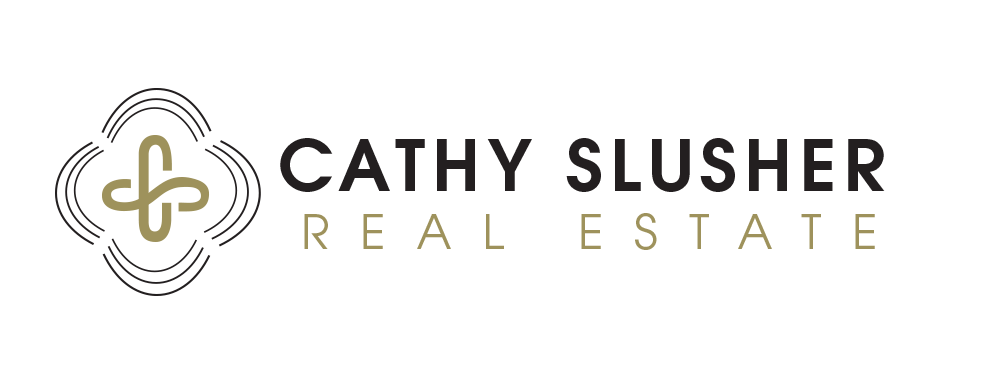F O R I M M E D I A T E R E L E A S E
July 20, 2022 – Some significant trends are emerging in the Wasatch Back market area as the market adjusts for the enormous swings we have seen during and since the coronavirus pandemic. Listing inventory is rising, prices are starting to level off as mortgage interest rates climb. Buyers are becoming more hesitant to make instant offers above asking price and sellers are reacting by lowering those asking prices in much greater numbers. The remarkable rise in the sale prices of single-family homes that we experienced since shortly after the global pandemic struck in the latter half of 2020 continued through all of 2021 and into the first half of 2022. Sale prices for single-family homes in the primary market area of Summit and Wasatch Counties as reported by the Park City Board of REALTORS® Multiple Listing Service for the year ending June 30 showed strong appreciation with increases in both average (Up 15%) and median (Up 11%). For the year earlier, those increases were 54% and 58% respectively.
Despite appreciation slowing the rate of sales (units were down in many areas), the overall dollar volume
dropped 22% for single-family homes but actually rose 3% for condominiums from the year prior, supported by the higher sale prices. Fears that the market might be overheated, reinforced by a continuing rise in interest rates, supply chain difficulties, and other inflation indicators (gas prices), slowed sales across the region. Price appreciation continues to be driven by a dearth of available inventory, but that trend is reversing. At the end of 2021 there were only 187 residential properties for sale across the region and many of those were still under construction. But sellers who fear they may be missing out on a healthy profit brought more homes to market and at the end of Q2-2022 there were 545 homes for sale, nearly triple the count from just six months earlier.
Some neighborhoods always fare better than others and the Q2-year over year results were no exception.
For Single Family homes, all the major areas that make up the greater Park City market showed drops in units sold through second quarter of 2022 versus 2021. Within the Park City limits, unit sales dropped 55%. However, because of the historic rises in median prices, particularly in the outlying areas, only two other major areas (Snyderville Basin and Jordanelle) showed declines in total sales volume.
Condo sales prices were strong across the entire market range. Within the Park City Limits and in the Heber and Kamas Valleys total sales volume declined, primarily due to a lack of inventory to sell. Within Park City limits, condo sales volume was down 23% but median sale prices rose 15%. In the Snyderville Basin, total sales climbed 42% because average and median prices both rose 50% or more.
Comparing the 12-months ending June 30, 2022, to the same period in 2021:
• New residential listings (single-family and condo) are showing signs of recovery after a lengthy
period of declines. For the 12 months ending June 2022, total new listings were 5,125 down 11% from
the same period ending June 2021. But the 420 new listings (this is all residences, not just single family)
in June were the highest monthly tally since September 2020 and the second highest monthly tally in
almost four years.
©2022 Quarterly Market Summary – Second Quarter 2022 – Park City Board of REALTORS®
All rights Reserved
Page 2
Numbers highlighted in Green are referenced in the narrative.
The market is cooling off after an overheated two years of sales. PCMLS members signed 2,970
purchase contracts in the 12 months ending 6-30-22, 36% fewer than the previous year (4,671)
With New Listings running slightly higher than Pending contracts, available inventory started to
increase. Only 265 residential properties were active at the end of 2021. That number was up to 317 at
the end of Q1-22, and boomed to 858 as of June 30, an increase of 223% so far this year.
Overall, how did the local market fare? Here is our take on the total year-long results reported on a rolling year-over-year basis for the period ending June 30, 2022.
To read the continuation of this article, contact Cathy Slusher at 435-640-0289.

